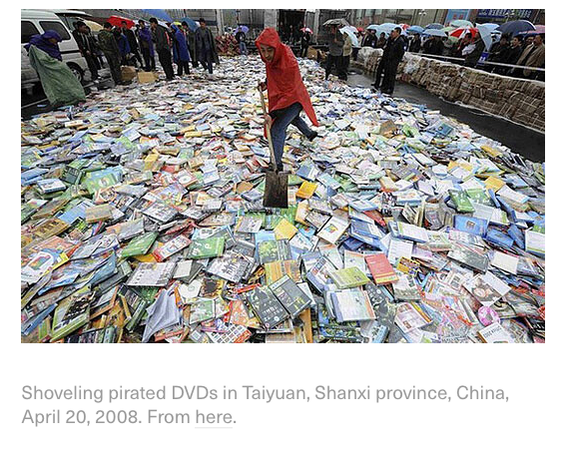A networked image
In this article it seems to be searching for an answer of ‘is the internet dead?’. Evidently from this question it catches the attention of people from all over the world. Additionally, the internet is and always will be all over the world however on the other hand there are still people living without the internet due to their circumstances or just in my opinion running away from the ideals of normality.
The internet from this article seems to me be suggesting that it is present within society which includes surveillance and cameras within mobiles as such examples.
Another aspect of Steyerls article is the post cinema era. In that he says is that ‘some people felt that cinema is dead’. Further more, Steyerl believes that, ‘when in the course of the Bosnian war which was around the 1990s’. Contrastingly, there are other quotes which seems shed some light on this article and how Steyerl believes that the ‘internet is dead’. I put a few that resonated with me and how I see the future of the networked image in the 21st century.
‘The all out internet condition is not an interface but an environment’.
‘networked space is itself a medium, or whatever one might call a mediums promiscous, posthumous’.
‘Circulationism is not about the art of making an image, but of post producing, launching, accelerating it’.
https://apnews.com/article/7a1e6bedf3784ecdbc8c2373fdd4e97c
https://www.e-flux.com/journal/49/60004/too-much-world-is-the-internet-dead/
networked-image
photography-theory
photography
blog
snap-shot
Reflection
The quotes from this text which stood out for me which involves the operational image and what this article is about. To me when I was reading this it came across my mind that we live in a world where we have no boundaries for technology as whole let alone photography which then led onto a modern world where surveillance and domination. Is this part of the future where we turn into terminate and Sky-net where it discovers and destroys us in ways we never would understand. Evidently, is the present day causing the machine to see due to pure greed on the companies hand which is responsible for this or is it on us as a global society. A few quotes which helped think of these views or opinions above is the following:
“The machines were starting to see for themselves”
“Squiggly arrows on a video screen shows how a robot sees and navigates a landscape”
“Farocki’s method was to look into the dark and invisible places where images are made”
- ‘He located image making within the opportunities of surveillance and domination’
https://www.e-flux.com/journal/59/61130/operational-images/
photography
operative-image
theory
blog
Hito Steyerl - In defence of a post image
Whilst reading through this article it shows a broad range of poor images from artifical inteligence to cinematography. It suggest within the issue that the thumbnail is showing an image of a ghost this was distributed through different channels through artificial inteligence or a low resolution jpeg. From this distribution, the poor image is one of the fish generations of post images. These were trialed as mock photographs through the premises of digital technology and its surroundings and especially in the film industry. This can be summed up by numerous quotes form the article linked below. These quotes include:
- “Its not a technically but some sort of disease” - I choose this to summarise the paragraph and to me this explains a lot about a low resolution in a form of a photograph.
- “focus is identified as a class position, a position of ease and privilege, while being out of focus lowers one’s values as an image”
Then there is the reconstruction of a poor image
- “In this case the invisibility of the image was more or less voluntary and based on aesthetic premises”
Privacy and Piracy
- “the rare prints of militant and experimental ”
Through out the research found above it is complex and subject to each individual what a poor image is. So writing this I found to be complex and hard to grasp if not fully aware of the outcome it serves to society.
https://www.e-flux.com/journal/10/61362/in-defense-of-the-poor-image/
blog
poor-image
journal
photography




